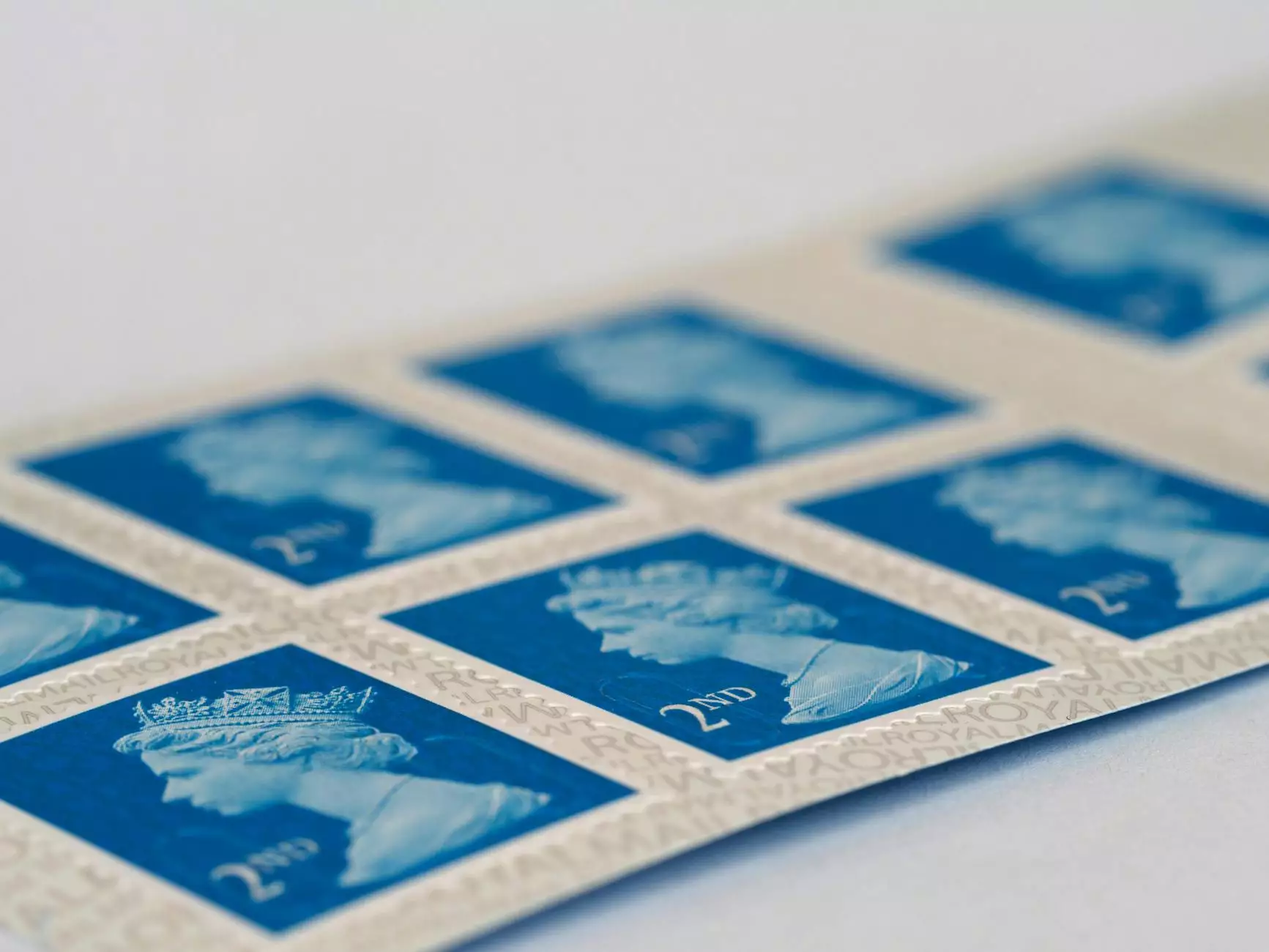Understanding and Managing Posterior Shoulder Pain with External Rotation

Shoulder pain is a common affliction that affects a significant portion of the population at some point in their lives. Among the various types of shoulder pain, posterior shoulder pain with external rotation is a specific condition that can lead to discomfort and hinder daily activities. In this comprehensive article, we will delve deep into the anatomy of the shoulder, explore the causes of posterior shoulder pain, and discuss effective management and treatment strategies.
1. The Anatomy of the Shoulder
The shoulder is a complex structure composed of bones, ligaments, tendons, and muscles that work together to allow a wide range of motion. Understanding the anatomy is crucial in diagnosing and managing shoulder pain. The main components involved in posterior shoulder pain include:
- Humerus: The upper arm bone that fits into the shoulder joint.
- Scapula: Also known as the shoulder blade, it serves as the attachment point for several muscles.
- Rotator Cuff: A group of muscles and tendons that stabilize the shoulder and allow for external rotation.
- Labrum: A cartilage structure that deepens the shoulder socket and provides stability.
2. What is Posterior Shoulder Pain?
Posterior shoulder pain refers to discomfort experienced in the back part of the shoulder. The posterior shoulder region is often less commonly discussed compared to anterior shoulder pain, but it can be just as debilitating. This type of pain may occur during various activities, especially those requiring external rotation, such as throwing, reaching behind the back, or lifting overhead objects.
2.1 Causes of Posterior Shoulder Pain
Posterior shoulder pain with external rotation can stem from a variety of factors, including:
- Rotator Cuff Injuries: Strains or tears in any of the rotator cuff tendons can lead to significant pain, particularly during rotational movements.
- Shoulder Impingement Syndrome: When shoulder tendons become irritated or inflamed due to repetitive overhead activities, they may cause pain during external rotation.
- Joint Instability: Laxity or instability in the shoulder joint can lead to pain with movement, particularly in athletes or those engaged in high-demand activities.
- Capsular Tightness: Conditions like frozen shoulder (adhesive capsulitis) can restrict motion and lead to pain when attempting to externally rotate the shoulder.
- Osteoarthritis: Degenerative changes in the shoulder joint can produce pain with rotary movements as the cartilage wears down.
3. Symptoms of Posterior Shoulder Pain with External Rotation
Identifying the symptoms associated with posterior shoulder pain with external rotation is essential for timely intervention. Common symptoms include:
- Localized Pain: Discomfort at the back of the shoulder, especially during movement.
- Weakness: A noticeable decline in strength while lifting or moving the arm.
- Stiffness: Difficulty in achieving a full range of motion, particularly when attempting to rotate the arm outward.
- Clicking or Popping Sounds: Occasional sounds may occur during movement due to tendon or joint irregularities.
4. Diagnosis of Posterior Shoulder Pain
Effective diagnosis is essential for developing an appropriate treatment plan. The diagnostic process for posterior shoulder pain with external rotation typically involves:
4.1 Medical History and Physical Examination
Your healthcare provider will start by taking a comprehensive medical history and performing a physical examination. This evaluation helps to determine the nature and severity of the pain, as well as potential underlying conditions.
4.2 Imaging Studies
Frequently, imaging techniques such as X-rays, MRI, or ultrasound are employed to visualize the structures within the shoulder and rule out significant injuries.
5. Treatment Options for Posterior Shoulder Pain
The treatment approach will depend on the severity and underlying cause of the pain. Here, we explore various options for managing posterior shoulder pain with external rotation:
5.1 Conservative Management
For many individuals, conservative treatment measures can provide significant relief:
- Rest and Activity Modification: Avoiding activities that exacerbate pain can help with healing.
- Physical Therapy: Tailored rehabilitation programs focusing on flexibility, strength, and range of motion can be invaluable.
- Ice Application: Applying ice to the affected area can reduce inflammation and pain.
- Non-Steroidal Anti-Inflammatory Drugs (NSAIDs): Over-the-counter medications can alleviate pain and inflammation.
5.2 Advanced Treatment Options
If conservative measures fail to alleviate symptoms, other treatment options may be considered:
- Corticosteroid Injections: These injections can provide temporary relief of inflammation.
- Platelet-Rich Plasma (PRP) Therapy: This innovative treatment uses components from the patient’s blood to promote healing.
- Surgery: In severe cases, surgical intervention may be necessary to repair damaged structures, such as a rotator cuff tear.
6. Rehabilitation and Recovery
Recovery from posterior shoulder pain with external rotation requires a structured rehabilitation process. Proper rehabilitation is crucial to restore function and prevent recurrence of the injury:
6.1 Gradual Return to Activity
As pain decreases, a gradual return to normal activities should be implemented under the guidance of a healthcare professional.
6.2 Strengthening Exercises
Focusing on shoulder stabilization and strengthening exercises can aid recovery. Common exercises include:
- External Rotation with Bands
- Scapular Stabilization Exercises
- Shoulder Flexion and Abduction Exercises
7. Preventing Posterior Shoulder Pain
While not all shoulder pain can be prevented, there are effective measures to reduce the risk of developing posterior shoulder pain with external rotation:
- Warm-Up Properly: Always warm up before engaging in physical activity.
- Maintain Good Posture: Ergonomic adjustments in your work environment can help.
- Strengthen the Shoulder: Regular strength training can enhances shoulder stability.
- Seek Professional Guidance: If you are engaging in sports or physical activities, consider working with a coach or physical therapist.
8. When to Seek Medical Attention
It is essential to seek medical attention if you experience:
- Severe Pain: Pain that does not improve with rest or over-the-counter medications.
- Loss of Function: Difficulty performing daily tasks due to shoulder pain.
- Signs of Infection: Swelling, redness, and fever accompanying shoulder pain require immediate evaluation.
9. Conclusion
In conclusion, understanding posterior shoulder pain with external rotation is critical for anyone experiencing this type of discomfort. The shoulder’s complexity necessitates a thorough approach to diagnosis, treatment, and rehabilitation. By being proactive, seeking professional help, and adhering to a structured rehabilitation plan, you can effectively manage your shoulder pain and return to your desired activities. Remember, prevention is always better than cure—take care of your shoulder, and it will take care of you.
10. Learn More
If you want to delve deeper into shoulder health or seek professional help, visit iaom-us.com to explore resources available under the categories of Health & Medical, Education, and Chiropractors. Your journey to a pain-free shoulder starts with informed decisions!









